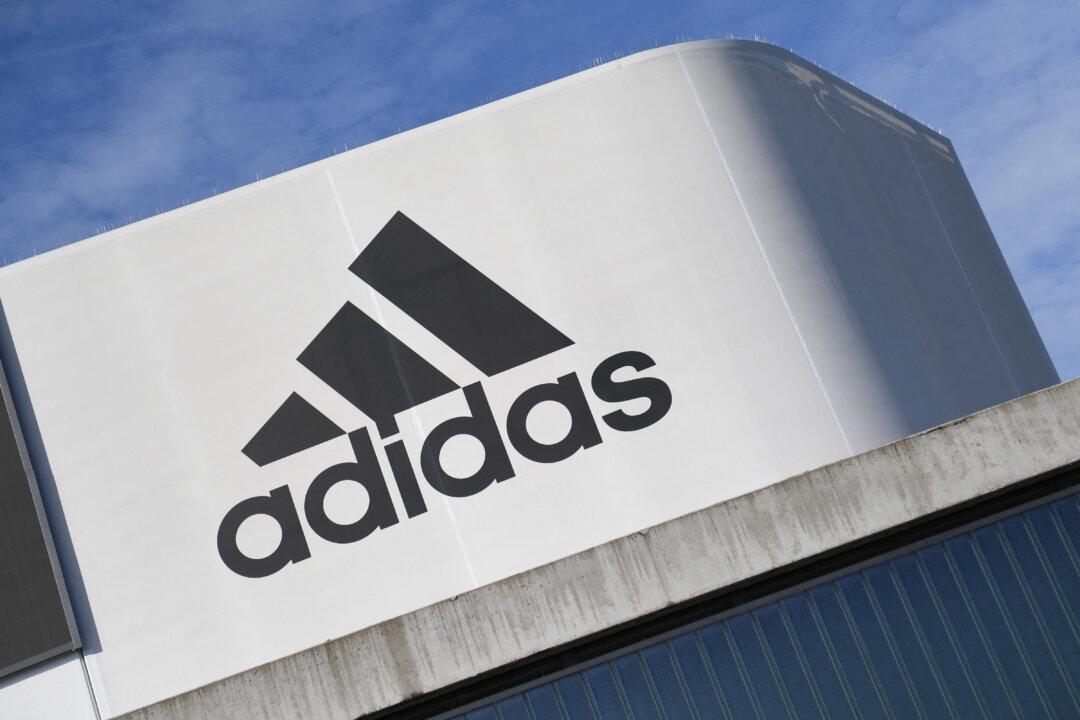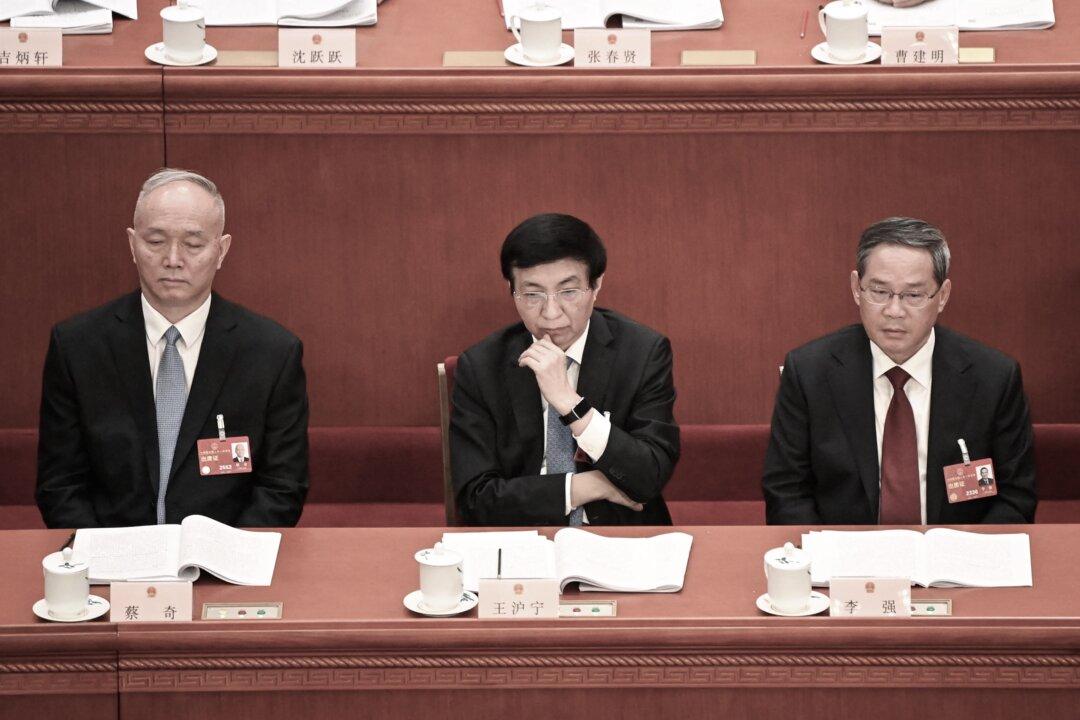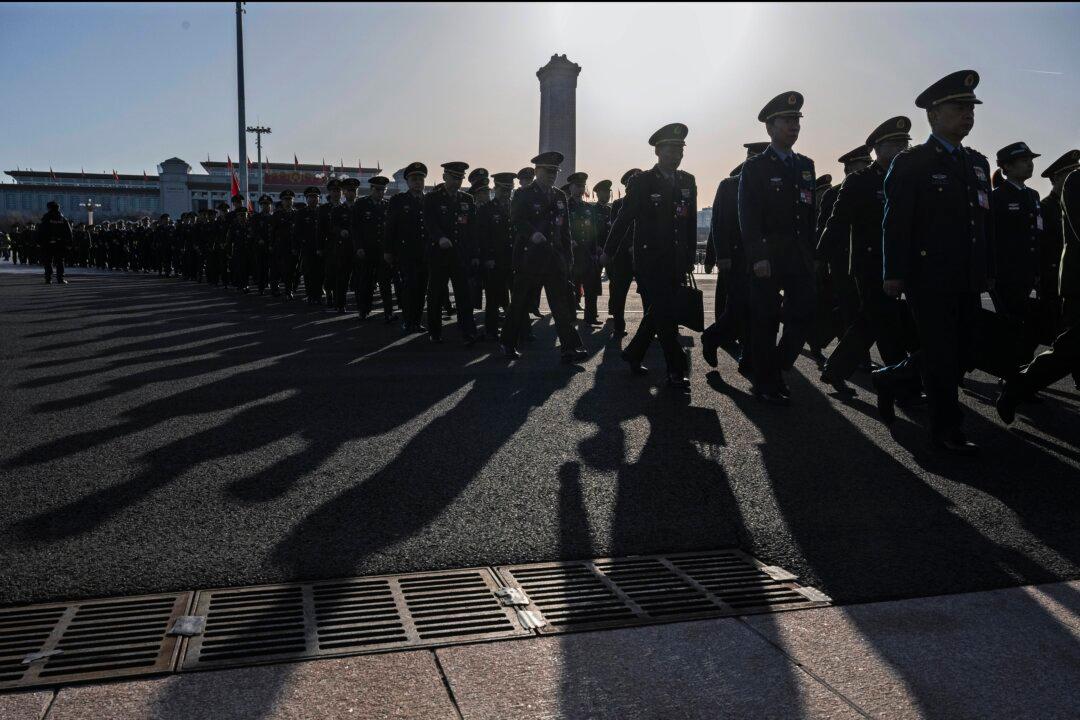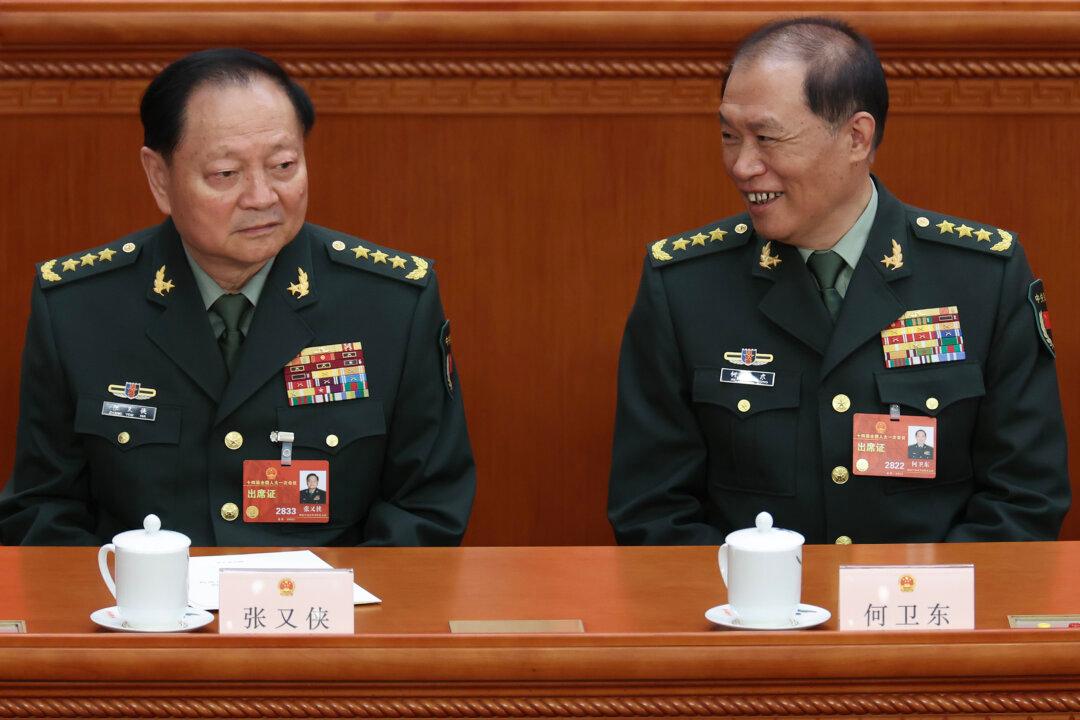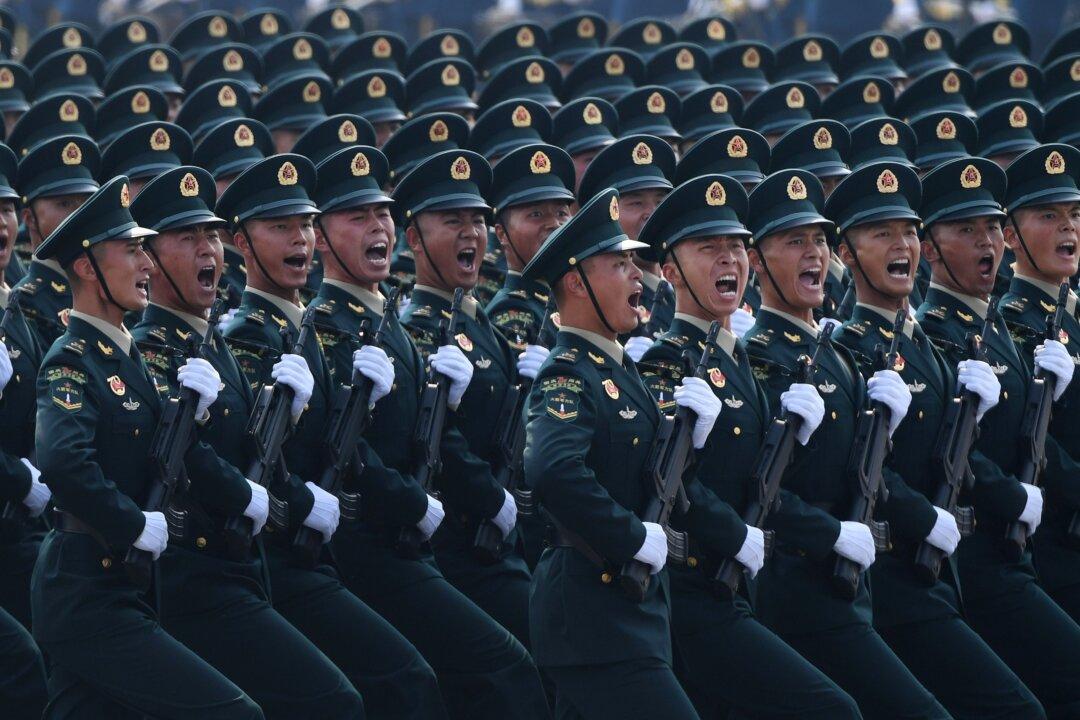German sports brand Adidas recently announced that its CEO, Kasper Rorsted, will leave his post in 2023—three years before his contract ends—and that the company is now searching for its next chief executive.
The unexpected move came as the company saw declining sales in China for five consecutive quarters.
